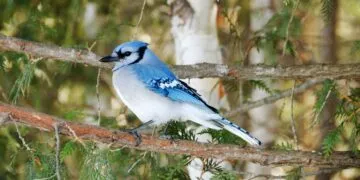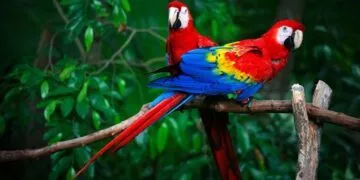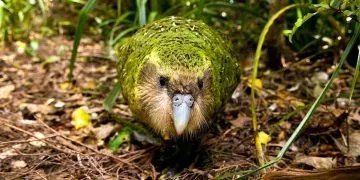There are over 10,000 species of bird in the world, and surprisingly there’s a large number that can’t fly.
This may sound odd, as it would seem that a bird’s main mode of transport is flying.
However, when we think about some species of duck or birds, such as the ostrich, this might make sense.
Here are ten facts about birds that you probably won’t see in the sky.
The largest category of flightless birds is the ratites.
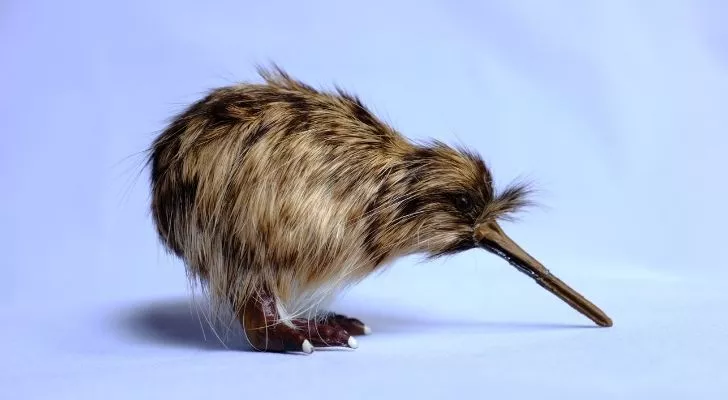
Ratites are the main category of bird species that cannot fly.
It is a diverse group with over 60 different birds, including the kiwi, ostrich, rhea, emu, and cassowary.
All the birds in this group can’t fly because their breastbones are too flat.
Flightless birds have a reduced-sized or no keel on their breastbone.
This means that they are unable to develop the pectoral muscles needed to flap the wings enough to fly.
They also tend to have smaller wing bones when compared to birds that can fly.
New Zealand is home to the highest amounts of flightless birds.
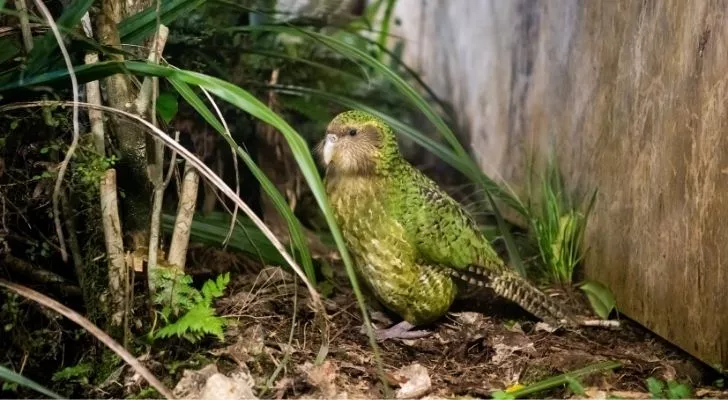
New Zealand has the most species of flightless birds compared to any other country in the world.
It is home to the Kakapo parrot, kiwis, penguins, and takahe.
This is because before humans arrived on the island, there were very few, if any, land predators, so the island flourished with flightless birds.
The only predators to the flightless birds were larger flying birds!
Many species of flightless birds that would have been found in New Zealand are sadly extinct.
Penguins are not part of the ratite family.

Penguins are not part of the ratite family because they have developed differently from the ratites.
Although penguins are flightless, unlike ratites, their anatomy is similar to birds that can fly.
Penguins have a keel and a similar breastbone to birds that can fly.
So although their wingspan is not big enough for them to fly, they have the power there.
This is why penguins have the ability to swim and glide through the water.
There are two species of flightless teal.
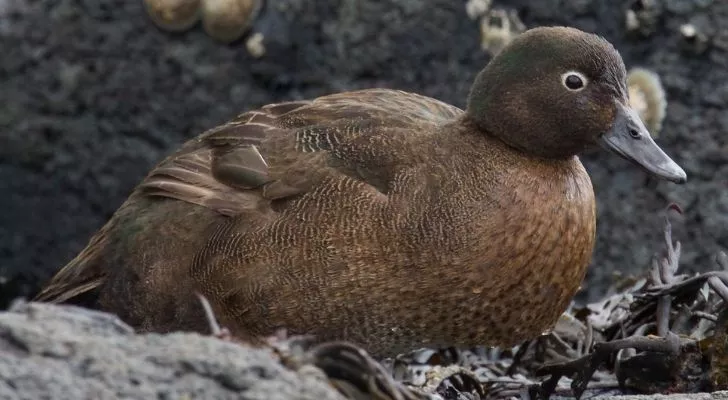
The rare Auckland teal and the endangered Campbell teal are the only two flightless teal species.
The Campbell teal was first discovered on the Campbell Islands but was sadly driven to extinction by Norway rats.
Luckily another group was found on a neighboring island, and the bird was listed as critically endangered.
The Auckland teal is often confused with the brown teal; however, it is smaller and flightless.
The Inaccessible Island rail is the smallest flightless bird species.
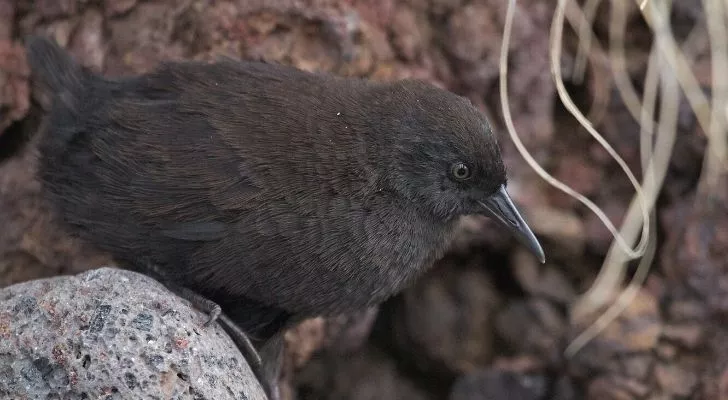
The world’s smallest flightless bird is the Inaccessible Island rail, which is found in the Tristan Archipelago in the Atlantic Ocean.
An adult Inaccessible Island rail will grow to around 5.1–6.1 in (13 to 15.5 cm).
Their name comes from the island on which they are found; Inaccessible Island.
It is thought that the species has survived so long due to the island having no predators and it being literally inaccessible to humans.
The Inaccessible Island rail has naturally evolved in its environment, and the loss of flight was part of this.
Flightless birds can be speedy on the ground.
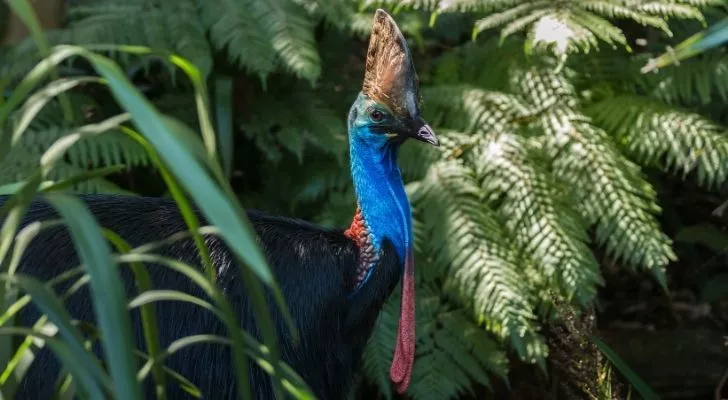
Some species make up for what they lack in terms of flight through their incredible ground speed.
The fastest running birds are the ostrich and the cassowary.
Most think it is the roadrunner; however, its top speed is 26 mph (42 kph).
Both the cassowary and ostrich have an average ground speed of around 31 mph (50 kph).
The Galapagos Islands are home to the world’s only cormorant that can’t fly.
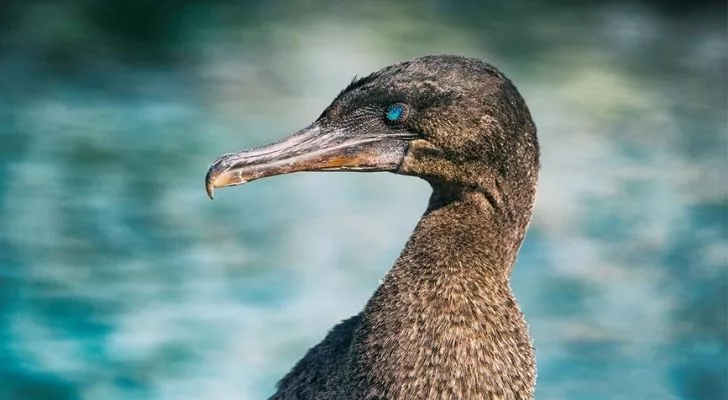
The flightless cormorant is the only cormorant species that can’t fly.
The bird is sometimes referred to as the Galapagos cormorant as this is where the flightless species was first discovered.
The Galapagos Islands are home to some of the world’s most rare and unique species, as native animals have evolved in sometimes strange ways on this island.
It can be seen that this species gave up a flight a long time ago, as their wingspan is three times smaller than what would be needed to fly.
Research shows that a mutated gene in this species has caused the wingspan to grown smaller over the years.
The Cassowary is the second heaviest bird species in the world.
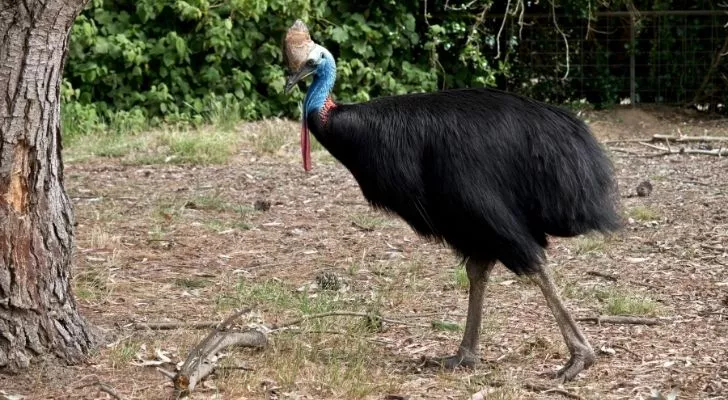
Although cassowaries look prehistoric, they are a relatively new species, and there are three different kinds.
The heaviest are the Southern cassowary and the Northern Cassowary.
They can weigh between 97-103 lbs (44-47 kg), making them the second-largest bird species below the ostrich.
This is certainly one of the main reasons why flight is out of the question for this bird.
Birds became flightless due to DNA changes.
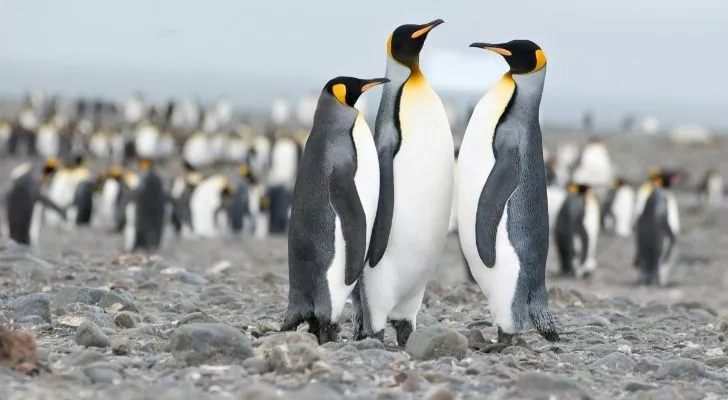
Many studies have been carried out to find out why certain bird species have lost their ability to fly.
Research suggests that this occurrence has happened over thousands of years.
It is thought that changes in DNA, specifically mutations in regulatory DNA, are the cause.
DNA mutations include flatter breastplates and smaller wingspans.
Some birds have not needed to fly due to their locations, lack of predators, and abundant food sources.
It is thought that once a bird is thriving in its habitat and the need to fly is reduced; this becomes an evolutionary trait that is lost.
The Kakapo is the world’s only flightless parrot.
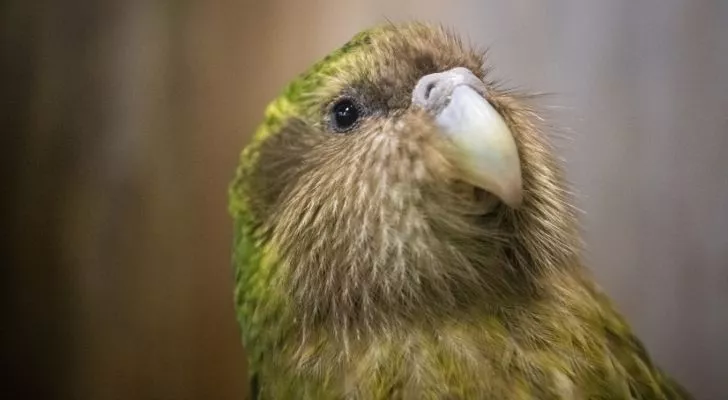
The Kakapo parrot is one of New Zealand’s natural treasures and is an endangered species.
This curious creature is often referred to as the owl parrot as it is nocturnal.
The kakapo is a grown dweller and has relatively large feet, and it doesn’t fly because its wingspan is too small.
It is also the heaviest parrot species, which is another reason why it would be difficult for it to fly, as it does not have the elegance for takeoff.
Overall, there are around sixteen different species of flightless birds that are still alive today.
Their lack of flight is made up by their ground speed, ability to swim, and their survival on the ground.
Many flightless birds have evolved from birds that could once fly; however, they have not needed to do so anymore, so that ability has been lost over time.
Most of the world’s flightless birds can be found in New Zealand, as the island has little to no predators.



